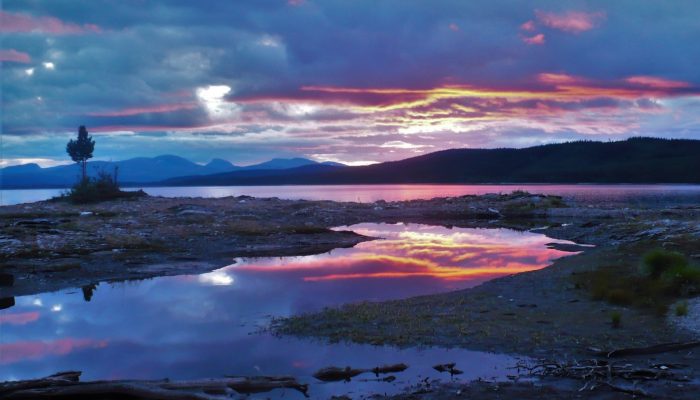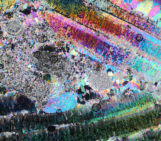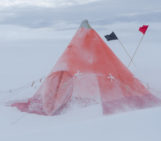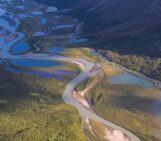
For the start of a new year, we bring you a photograph featuring some of the oldest rocks in the world but bursting with new life. The image, taken by Gerrit de Rooij, of the Helmholtz Centre for Env. Res. – UFZ, comes complete with an informative caption which we’ve included below. May the new year be successful for all our readers.
After two days of canooing in the rain on lake Juvuln in the westen part of the middle of Sweden, the weather finally improved in the evening, just before we reached the small, unnamed, uninhabited but blueberry-rich island on which this picture was taken. The wind was nearly gone, and the ragged clouds were the remainder of the heavier daytime cloud cover.
The setting sun lit them up beautifully, providing a dramatic background the the lonely tree managing to survive on the outskirt of the island.
The rocks in the this part of the world are billions of years old, among the oldest (though not THE oldest) on the planet, and heavily eroded. Slopes are generally gentle and there are no high peaks. The shapes of the mountains in the background, and the lake itself, are the result of the erosive force of multiple glaciations.
Sweden is normally relatively dry, because it is in the rain shadow of the Norwegian mountains, just not when we were there. The rivers in the region reflect the morphology of the landscape: they all have their sources close to the Norwegian border and flow (often through a succession of lakes) to the the southwest, discharging into the Gulf of Bothnia.
The lake’s level is manipulated to range between 387 and 396 meters above sea level for electricity generation. I am not entirely certain the tree is safe when the lake level peaks.
By Gerrit de Rooij, Helmholtz Centre for Env. Res. – UFZ
Imaggeo is the EGU’s online open access geosciences image repository. All geoscientists (and others) can submit their photographs and videos to this repository and, since it is open access, these images can be used for free by scientists for their presentations or publications, by educators and the general public, and some images can even be used freely for commercial purposes. Photographers also retain full rights of use, as Imaggeo images are licensed and distributed by the EGU under a Creative Commons licence. Submit your photos at http://imaggeo.egu.eu/upload/.




